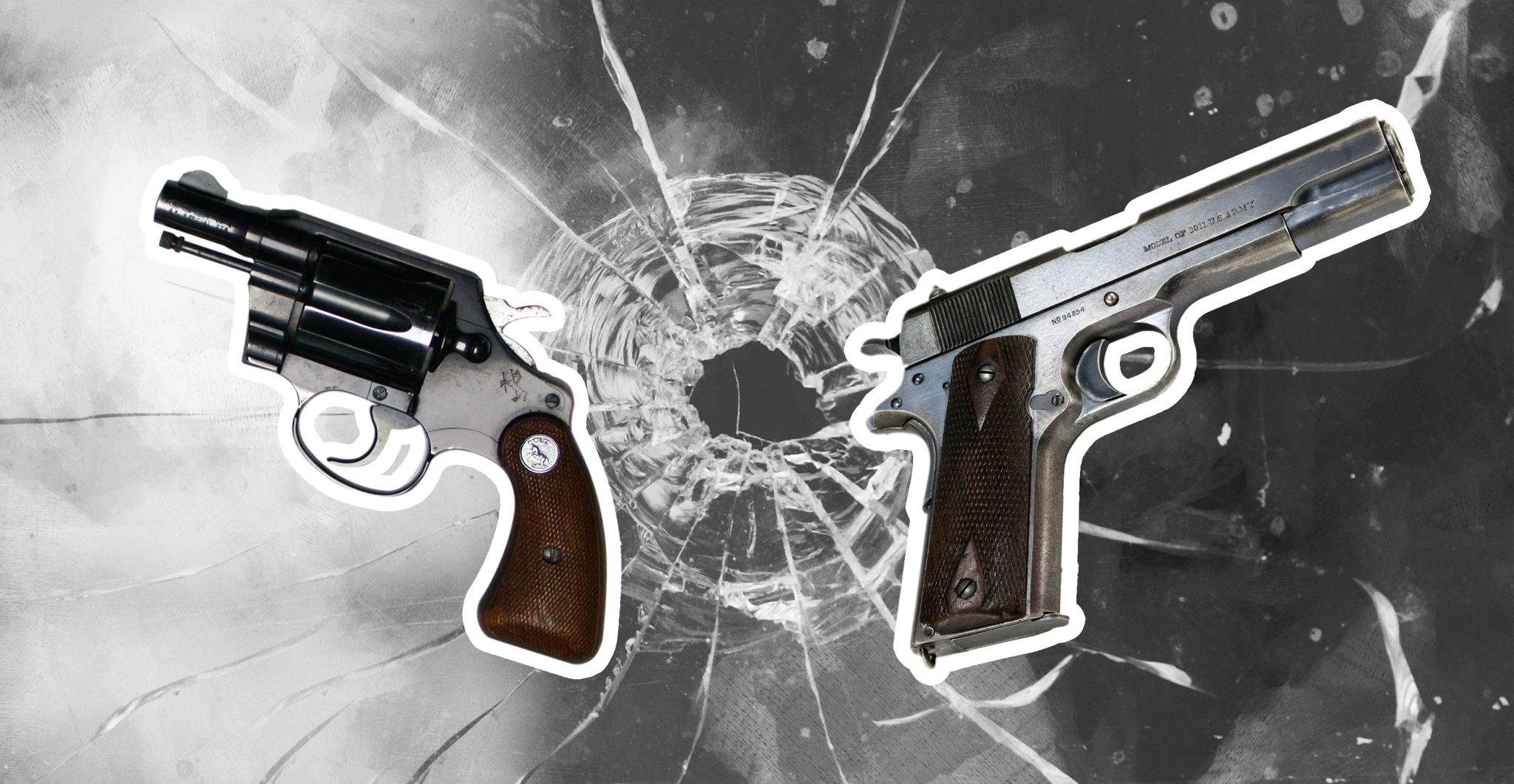Who hasn’t heard of Bonnie and Clyde, the audacious gangsters who were both heroes and villains?
There have been countless movies about this pair of gangsters, from the original 1967 classic starring Faye Dunaway to the more recent 2013 miniseries bearing the same name.
Then, even more currently, fans and the curious alike can get an alternative glimpse of the fugitives’ tale through the eyes of the lawmen who eventually nabbed them. The Netflix production Highwaymen, starring Kevin Costner and Woody Harrelson, was just released on the streaming service in March 2019.
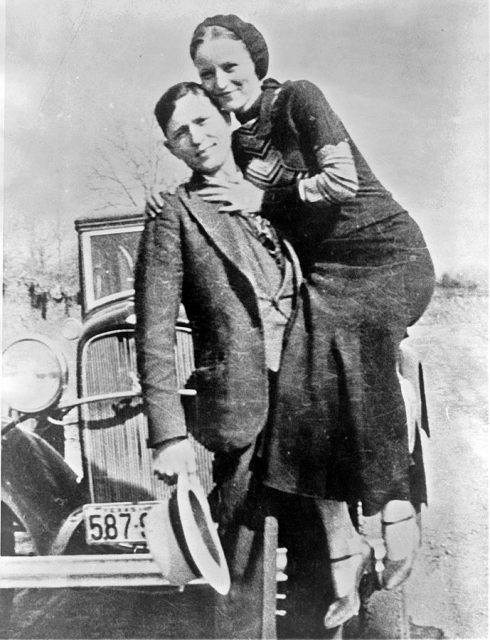
Long gone are the days when the glorification of outlaws was almost the norm. And that is how it should be. However, no two American criminals managed to capture the American people’s imagination more than the lovers Bonnie and Clyde.
Their devilish actions created a myth of an almost indestructible couple who took what they wanted in a world ravaged by the Great Depression of the 1930s. Hunger, joblessness, and homelessness were prolific. The American public lived from one meal to the next, but Bonnie and Clyde prevailed with unrivaled swagger.
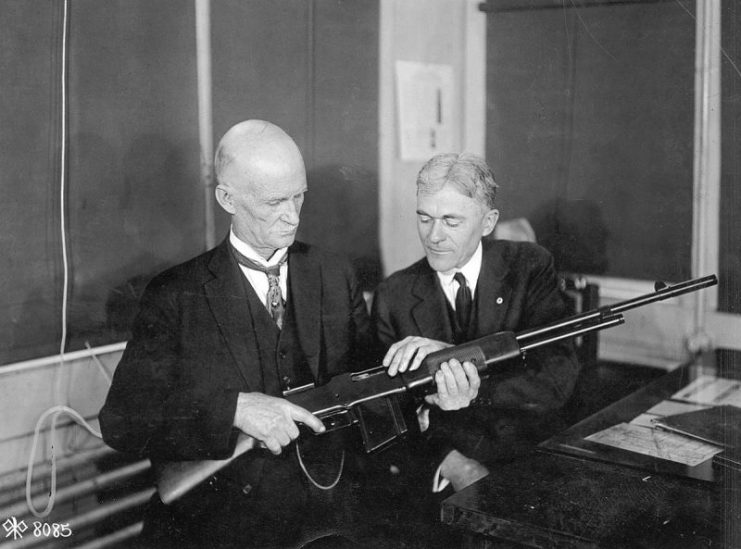
And there were always lots of guns.
Dressed in pretty dresses and three-piece suits, they gunned their way through the American Southwest. Bonnie and Clyde told their brutal story of weaponry and love for V8 engines, which to many was even glamorous, with a series of self-glorifying photographs. They knew how to harness the power of the selfie, putting any present-day influencer to shame.

Together they attacked banks and small businesses, Clyde Champion Barrow with his trusty Browning Automatic rifle (BAR) and Bonnie with her favorite Remington semi-automatic Model 11 shotgun. The villainous pair was often caught on camera horsing around with their weapons.
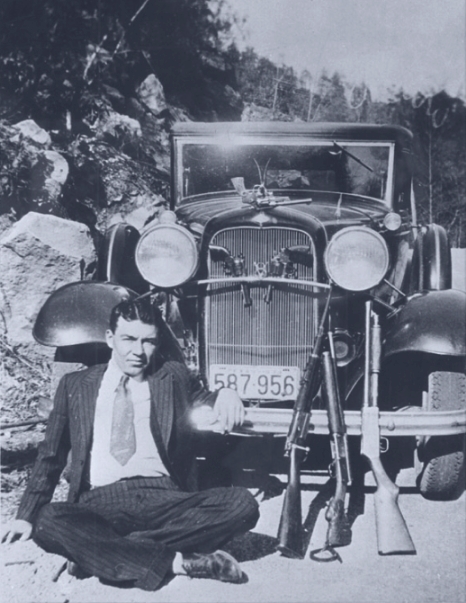
Barrow had stolen his weapon, which shot 30-caliber bullets, from the Missouri National Guard Armory. It was said that he particularly appreciated the BAR’s high rate of firepower and the bullets’ superior ability to penetrate automobile bodies.
The felonious couple shot a total of 13 people with their assortment of guns and drove through the southwestern United States for months before the police could stop them. Their bloody odyssey captivated millions of their contemporaries, who devoured brash newspaper articles about their overhyped crimes fed, of course, by Bonnie’s incessant supply of pictures.
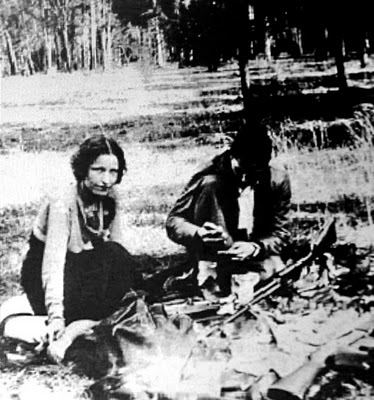
In truth, Bonnie and Clyde were two lost, frightened, and desperate souls. He was raised to a life of crime from a very young age, and she always wanted to become a movie star. Parker was 19 and Barrow 21 when they met in 1930. It was love at first sight.
When Barrow landed behind bars, Parker went to visit him and smuggled a pistol into the prison – it was a Colt 32 revolver. As a result, Barrow broke out but was quickly caught again. However, he was released in 1932 on probation. That’s when they started their hell-bent criminal tour of the country that would last two years.
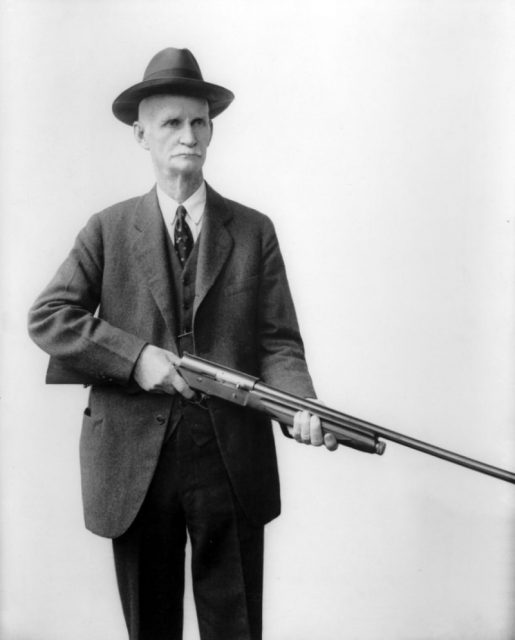
By the time they were done, the authorities had attributed more than a hundred offenses to their name. There was murder, abduction, bank robbery, car theft, and other forms of larceny. However, unlike the myths of their great riches that abounded throughout the country, their escapades usually only involved small coups that brought in single-digit sums – literally a pittance in the grand scheme of things.
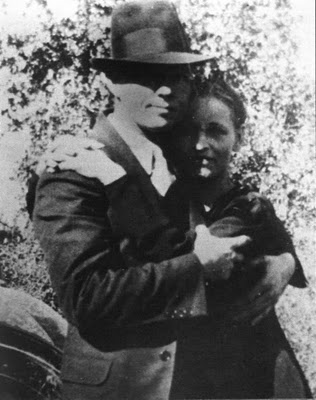
They died as brutally as they lived
The first bullet from Frank Hamer’s Remington Model 8 was already deadly. It hit the windshield and then Clyde Barrow’s skull, just above the left ear. Bonnie Parker also sank down, screaming for a long time.
Former Texas Ranger and most probably the USA’s most famous lawman, Frank Hamer, and the five men in his posse continued firing, alternating among pistols, shotguns, and semiautomatic rifles until they were sure the wild gangster duo was dead. The autopsy later found a total of 43 bullet holes on the bodies.
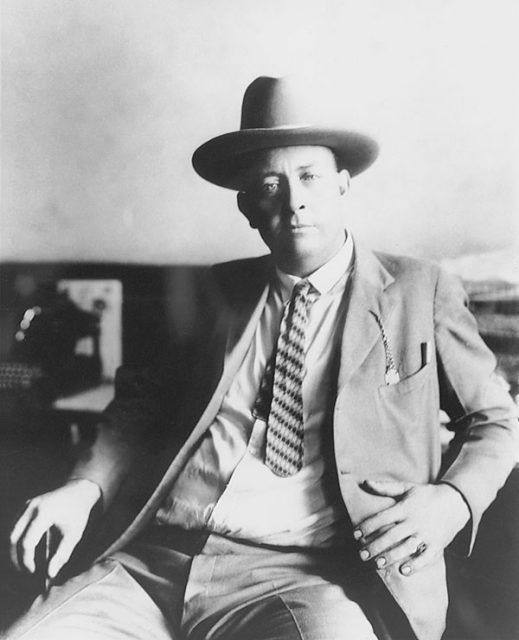
That was the bloody end to one of the most infamous gangster careers in history. Bonnie and Clyde’s demise had a whiff of Greek tragedy about it. Their mutual infatuation for one another fueled their aimless rampage across the country. They continued moving forward like Mark Anthony and Cleopatra, completely confident that their love would protect them until finally, death came knocking.
Bonnie was 23 and Clyde 24 when they died on May 23, 1934, on Highway 154 between Gibsland and Sailes, two small towns in northern Louisiana. Hamer’s men waited for them in ambush thanks to a tipoff from a former gang member’s father.
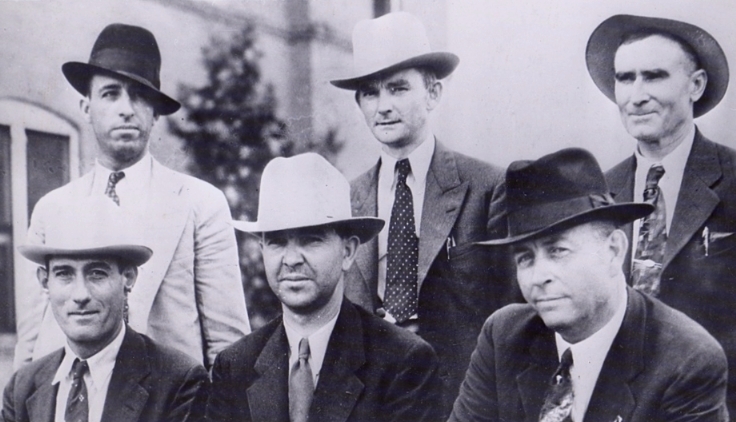
The troupe of lawmen immediately began firing and only stopped when the Ford, with its crumpled occupants, lay smoking in a nearby ditch.
Dallas County Sheriffs Ted Hinton and Bob Alcorn explained the happenings in their statements after the event:
Each of us six officers had a shotgun and an automatic rifle and pistols. We opened fire with the automatic rifles. They were emptied before the car got even with us. Then we used shotguns…. There was smoke coming from the car, and it looked like it was on fire. After shooting the shotguns, we emptied the pistols at the car, which had passed us and ran into a ditch about 50 yards on down the road. It almost turned over. We kept shooting at the car even after it stopped. We weren’t taking any chances.
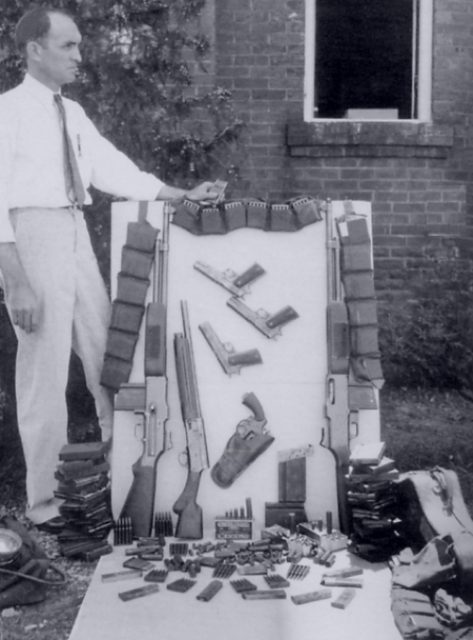
One the day that Bonnie and Clyde were killed, the authorities found an arsenal of weapons in their car that was enough for a small army:
- Seven .45 Colt 1911 pistols
- One .32 caliber Colt automatic pistol
- One sawed-off 20 gauge Remington Model 11 shotgun (Bonnie’s favorite)
- Three .30-06 Browning Automatic Rifles (Clyde’s favorite)
- One double action Colt revolver
- One sawed-off Winchester 10 gauge lever action shotgun
- One .380 caliber Colt automatic pistol
Furthermore, there were also 3,000 rounds of various ammunition, and 100 BAR magazines with 20 cartridges in each.
Read another story from us: Guns in Movies and Television: The Best & Worst
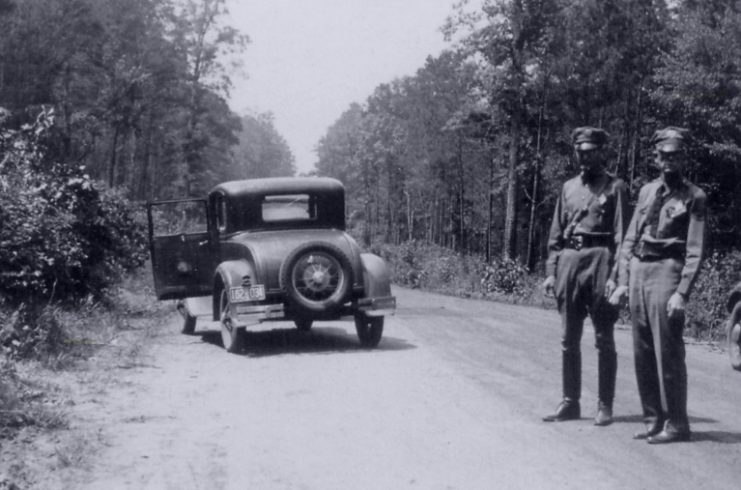
Word of the death of Bonnie and Clyde spread like wildfire. The now deceased lovers’ macabre reality-show continued as hundreds of souvenir-seekers gathered around their car as it was towed into the nearby town.
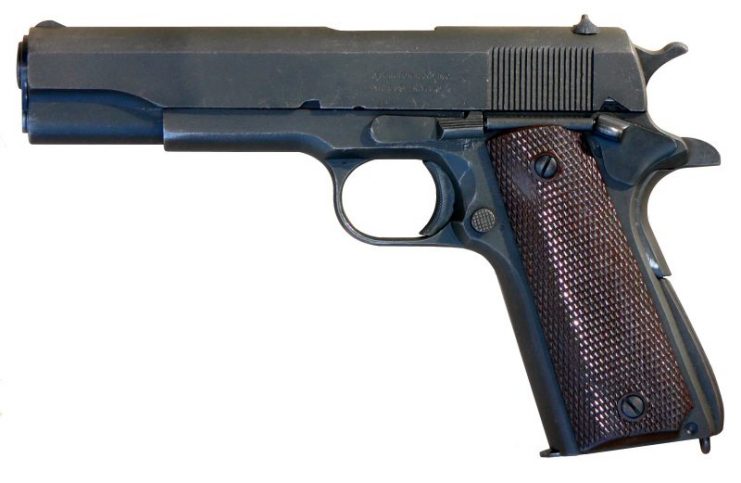
A frenzy of men and women cut and pulled on the bloody locks on Bonnie’s head, and slivers of fabric and even one of Clyde’s ears were taken.
Bonnie Parker and Clyde Barrow were laid to rest in separate cemeteries despite their wishes to be buried side by side. Thousands of people turned up for their respective funerals, bearing testament to the duo’s incredible fame that would live on to this day.
